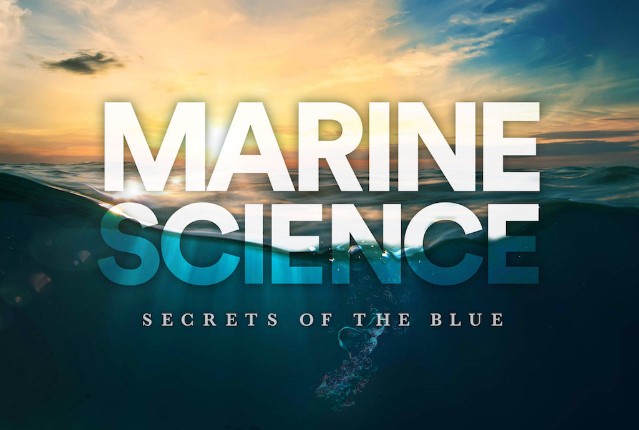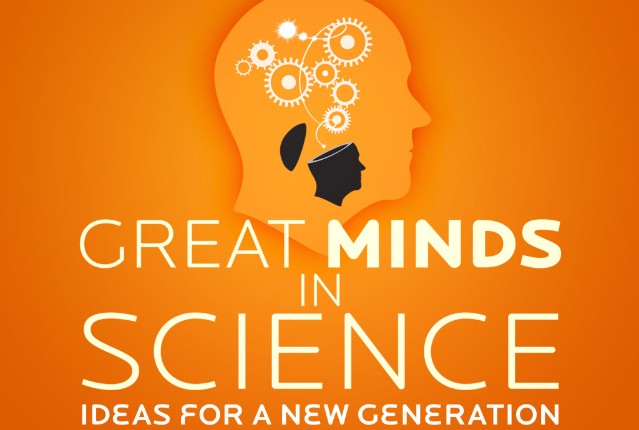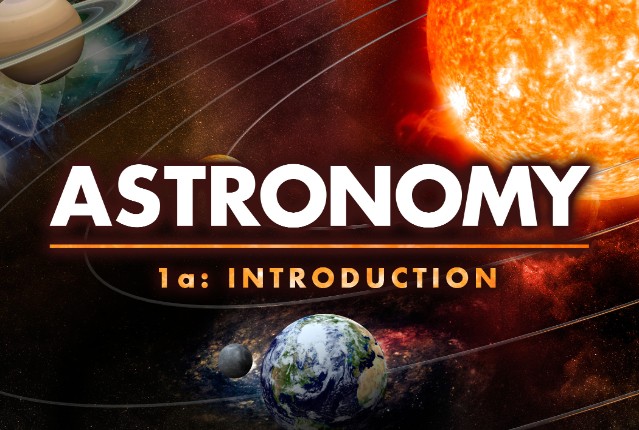
Marine Science: Secrets of the Blue
Have you ever wondered about the secrets of the deep and the creatures below the ocean’s surface? It is truly a new frontier of discovery. Begin to better understand the aquatic cycles, structures, and processes that generate and sustain life in the sea. You’ll use scientific inquiry, research, and problem-solving to conduct various scientific procedures and become a more capable marine scientist.
Review course outlineAccess for a year
USD 299.00*
* Choose more courses to get a discount




